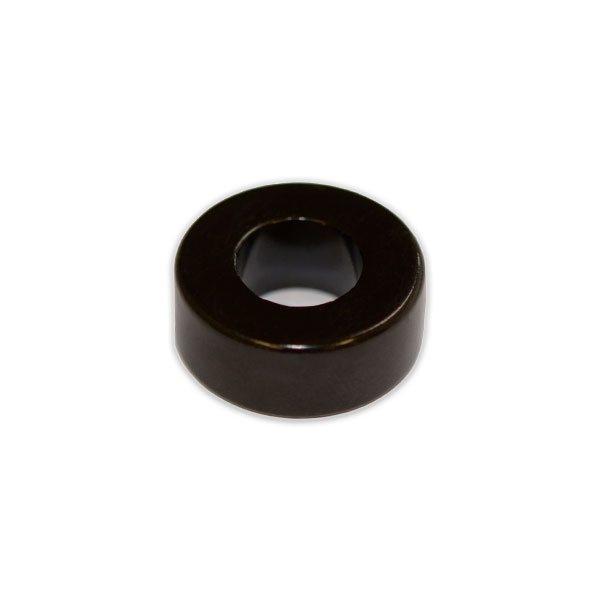Neodymium Ring Magnet - 20mm (OD) x 10mm (ID) x 8mm (H) | N45H | Epoxy Coating
Product code: 23013 N45H

Prices are GST Incl.
Volume pricing available on requestAustralia's Leading Supplier
Shipping Worldwide*
30 Day Returns
Same Day Dispatch*
Neodymium Ring Magnet - 20mm (OD) x 10mm (ID) x 8mm (H) | N45H | Epoxy Coating

Magnetic Product Description:
This rare earth ring magnet has an outside diameter of 20mm, an inside diameter of 10mm and a thickness of 8mm. It has a pull force of 7.30 kg. It is identified by the AMF magnet part number 23013.
Uses for our rare earth ring magnets:
You may not think grains, like wheat and rice grown for human consumption are a perfect match for these neodymium ring 20mmx10mmx8mm epoxy coated magnets. Let us explain.
Harvest time for grains like wheat and rice is not the end, just the beginning of the end. For the grains it is the beginning of a long journey where they will encounter a lot of metal equipment and metal products, often helped along by magnets, including ring magnets.
In the first instance, the grain harvesters’ long horizontal threshing blades are often held securely, but not too securely in place with the assistance of powerful ring magnets. Helping with the regulated, rhythmic operation of huge scything blades, magnets also play another vital role. Ring magnets can act as a clutch, releasing their grip at a known force or pressure should the combine harvester’s valuable and finely machined grain cutting equipment jam on something strong, like tree stump or an animal carcass.
This ability of controlled slippage, or clutch function provided by magnetic engagement in an emergency, prevents in the initial stages at least, the transfer of mechanical power to the valuable blades while they are jammed. Direct power while the equipment is stuck could damage the harvester’s blades or its engine or both.
Ring magnets as a failsafe or circuit breaking system is highly valued by individuals or companies liable for the repair and downtime costs. The release force of ring magnets protecting combine harvesters is comparable to the release force required for the cook to remove a saucepan from its magnetic hold above the stove: they are both known in advance. A saucepan is required to boil or steam grains like wheat, oats and rice.
No FAQ available

NB: Ranges are indicative for product category, please check individual products for specic values within that range.



The most common coating for Neodymium magnets is Nickel + Copper + Nickel (Ni + Cu + Ni). This coating offers the magnet relatively good protection from corrosion and passive applications. If the magnet will be exposed to moisture or liquid then consider the use of an organic coating such as Epoxy. A hard wearing coating, Epoxy is suited to applications where the magnet will come under some friction or knocking.

Magnets are readily available in Blocks, Discs, Cylinders & Rings. AMF Magnetics specializes in the supply of short-run prototype magnets including Arc Segments, various magnetic orientations etc. If you need a magnet size that we don't carry in stock, submit a Design-a-Magnet enquiry for a quote on your custom magnet design.

Neodymium magnets are offered in several different grades. The first section N30-54 has an operating temperature of up to 80 degrees. Most of our stock only goes up to N38. The second section, denoted with the "M" prefix after the grade has an operating temperature 100 degrees. After this the grades are "H", "SH", "UH" & "EH". In order for the magnet to withstand a higher operating temperature, during production more of the raw material PrNd is incorporated as these elements have a naturally occurring resistance to high temperatures.






